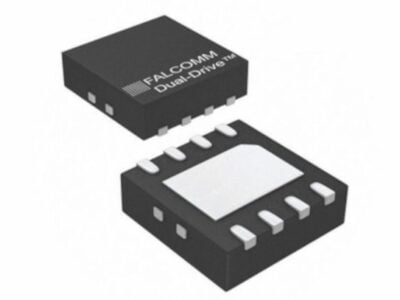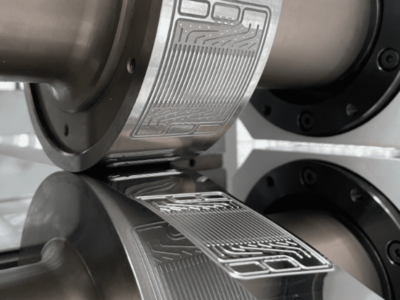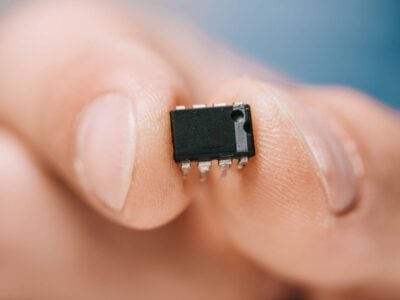
Hybrid aqueous supercapacitor acts as battery
Researchers in Austria have developed a hybrid supercapacitor that can be charged and discharged as quickly as a capacitor and can store almost as much energy as conventional batteries.
The team at Technical University of Graz used nanocarbon and aqueous sodium iodide (NaI) electrolyte, with a positive battery electrode and a negative supercapacitor electrode. This gives a flavour of how the 3D carbon ultracapacitors developed by Skeleton Technologies in Germany could be used as a battery. It is also similar to a battery system being developed by IBM.
The 0.54V hybrid supercapacitor has a lifetime of over a million charging cycles built with safe, environmentally friendly materials, compared to a few thousand for a lithium ion battery.
“The system we are looking at in detail consists of nanoporous carbon electrodes and an aqueous sodium iodide electrolyte, in other words salt water. This makes this system particularly environmentally friendly, cost-effective, incombustible and easy to recycle,” said Christian Prehal. He is the first author of a study published in Nature Communications and has recently moved from the Institute of Chemistry and Technology of Materials at TU Graz to ETH Zurich.
With the aid of small-angle X-ray scattering and Raman spectroscopy, the researchers were able to show for the first time that solid iodine nanoparticles are formed in the carbon nanopores of the battery electrode during charging, which dissolve again during discharge. This corrects the previously suspected reaction mechanism and has far-reaching consequences
“The degree of filling of the nanopores with solid iodine determines how much energy can be stored in the electrode. This enables the energy storage capacity of the iodine carbon electrodes to reach unexpectedly high values by storing all chemical energy in the solid iodine particles,” said Prehal.
Such hybrid capacitors have been very successfully investigated and further developed for several years by Qamar Abbas, currently a Lise Meitner FWF scholarship holder at the Institute of Chemistry and Technology of Materials and another main author of the study.
The safe, environmentally friendly battery can be an attractive option especially for the storage of energy from photovoltaic cells in private households, for example.
The researchers achieved another breakthrough with regard to the investigation methods used. In Raman spectroscopy, the interaction of light with matter is used to gain insight into the structure or properties of a material. Small-angle X-ray scattering (SAXS) makes structural changes during electrochemical reactions visible.
Both methods took place during the charging and discharging of a specially developed electrochemical cell. “Both operando Raman spectroscopy and operando SAXS were performed for the first time on a hybrid supercapacitor with aqueous NaI electrolyte at the Institute of Electron Microscopy and Nanoanalysis (FELMI) and in the soft matter application lab at Graz University of Technology. For the operando SAXS investigation, we have developed a special measuring cell for batteries and electrochemical energy storage devices,” said Prehal.
The results of the work show that operando SAXS is ideally suited to follow structural changes in a supercapacitor or battery on the nanometer scale during charging and discharging. This new investigation method could therefore be widely used in future in the field of electrochemical energy storage.
Related articles
- SIDUS TEAMS WITH IBM FOR HEAVY METAL-FREE BATTERY DESIGN
- TURNING A HOUSEBRICK INTO A SUPERCAPACITOR
- LIGNIN GIVES ULTRACAPACITOR 900X PERFORMANCE BOOST
Other articles on eeNews Europe
- NORTHVOLT RAISES $600M FOR BATTERY RECYCLING PLANT AND R&D
- BATTERY TECH VITAL FOR COVID-19 RECOVERY
- WIRELESS CHARGING FOR COVID-19 TEMPERATURE SENSOR
 If you enjoyed this article, you will like the following ones: don't miss them by subscribing to :
eeNews on Google News
If you enjoyed this article, you will like the following ones: don't miss them by subscribing to :
eeNews on Google News




